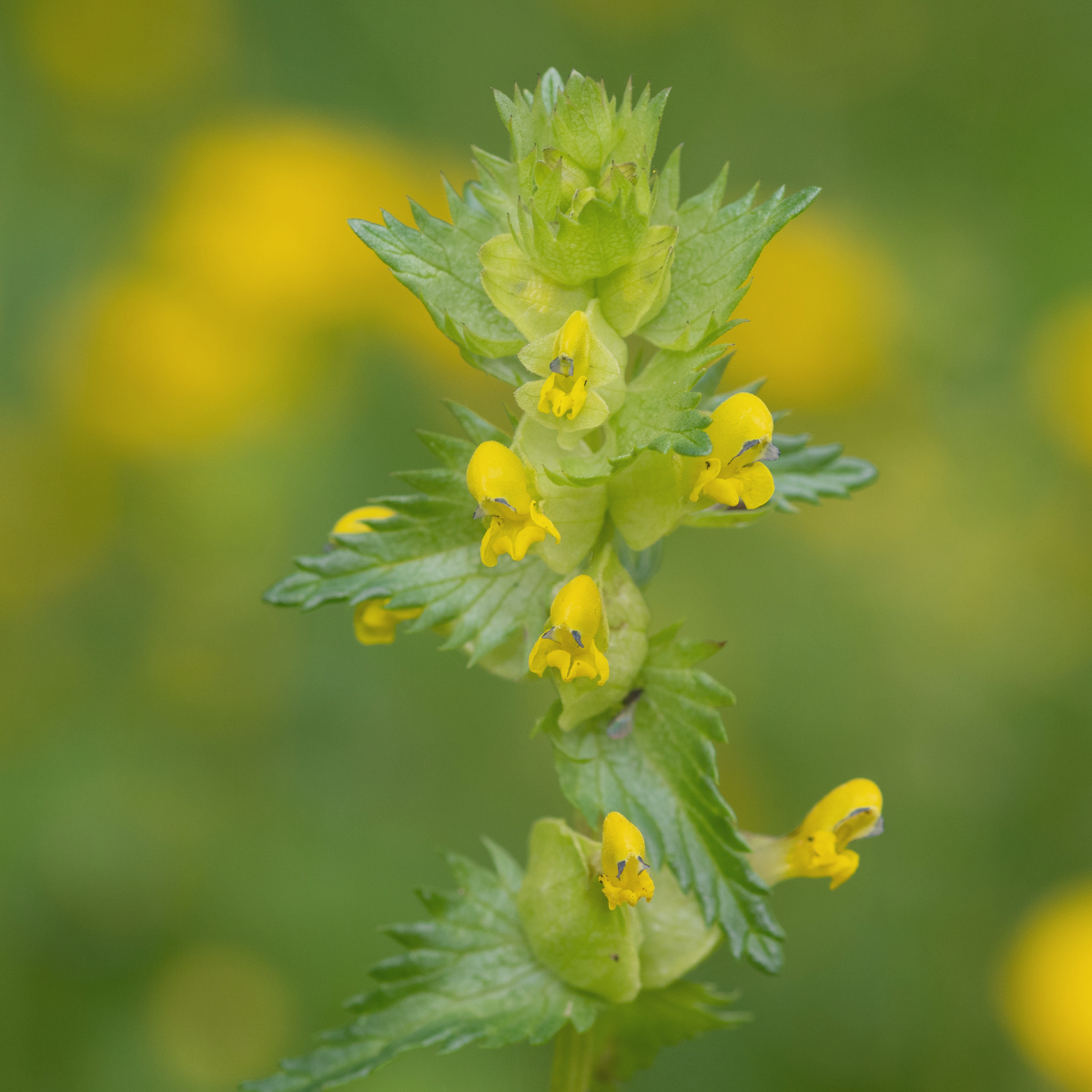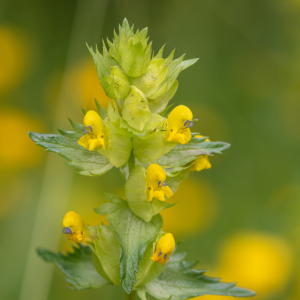When should you sow native Yellow Rattle seeds?
If sowing into an existing area of wildflower meadow to suppress dominant grasses, wait until the wildflowers have gone to seed (this can depend on factors such as species in flower and weather conditions) then cut the area back to the ground exposing bare soil if possible, and sow the yellow rattle seed soon after.
What is the best wildflower mixture to sow after Yellow Rattle?
Choose a mix that is best suited to the environment and chosen application. For example, our Low Growing Wildflower Mixture is ideal for areas of wildflower lawn or to create habitat for wildlife in garden borders. Whereas our North Downs Wildflower Mixture is best suited to areas of naturalistic meadow planting.
Can Yellow Rattle survive without grass?
No, Yellow Rattle can not survive without grass. Yellow rattle is a parasitic wildflower that establishes by attaching to the root systems of nearby grasses, slowing down their rate of growth.
Is Yellow Rattle beneficial for wildlife?
A valuable food source for pollinators, yellow rattle produces nectar-rich flowers that attract a variety of pollinating insects, including bees, butterflies, and hoverflies.
Should you choose a wildflower mixture that contains Yellow Rattle?
Many wildflower seed mixtures contain yellow rattle to minimize grass competition faced by the other wildflower species as they establish. If the area you plan to sow is predominantly grass, we recommend sowing 100% yellow rattle in the first year. Followed by a wildflower mixture such as our Bees & Butterflies mix in the following year when the grass has been weakened.
Can you have too much Yellow Rattle?
Because yellow rattle is parasitic once established it will thrive as long as there are healthy host plants for it to attach to, however, this will not be the case for consecutive years. As the rattle pushes back the grass there will be fewer host plants for it to feed on, and so you will see it begin to recede. Because yellow rattle is an annual it is also possible to manage its spread from one year to the next simply by cutting it back before it goes to seed.
Does Yellow Rattle come back every year?
Yellow rattle will only return if it is allowed to set seed. If the young plants do not establish, due to frost or cutting back, they will not return next year.
Issues getting Yellow Rattle to establish?
Soil contact is vital for yellow rattle seeds to germinate. Simply sprinkling seed onto a freshly mown lawn or cut meadow is unlikely to yield the desired result. Once the seed has been scattered it must be pressed into the earth to make contact with the soil, either using your feet or with a lawn mower roller etc. It’s also vital to sow yellow rattle before the cold of winter sets in, as it is the prolonged period of chilling which activates the seeds’ germination, through a process called vernilisation.




















Reviews
There are no reviews yet.